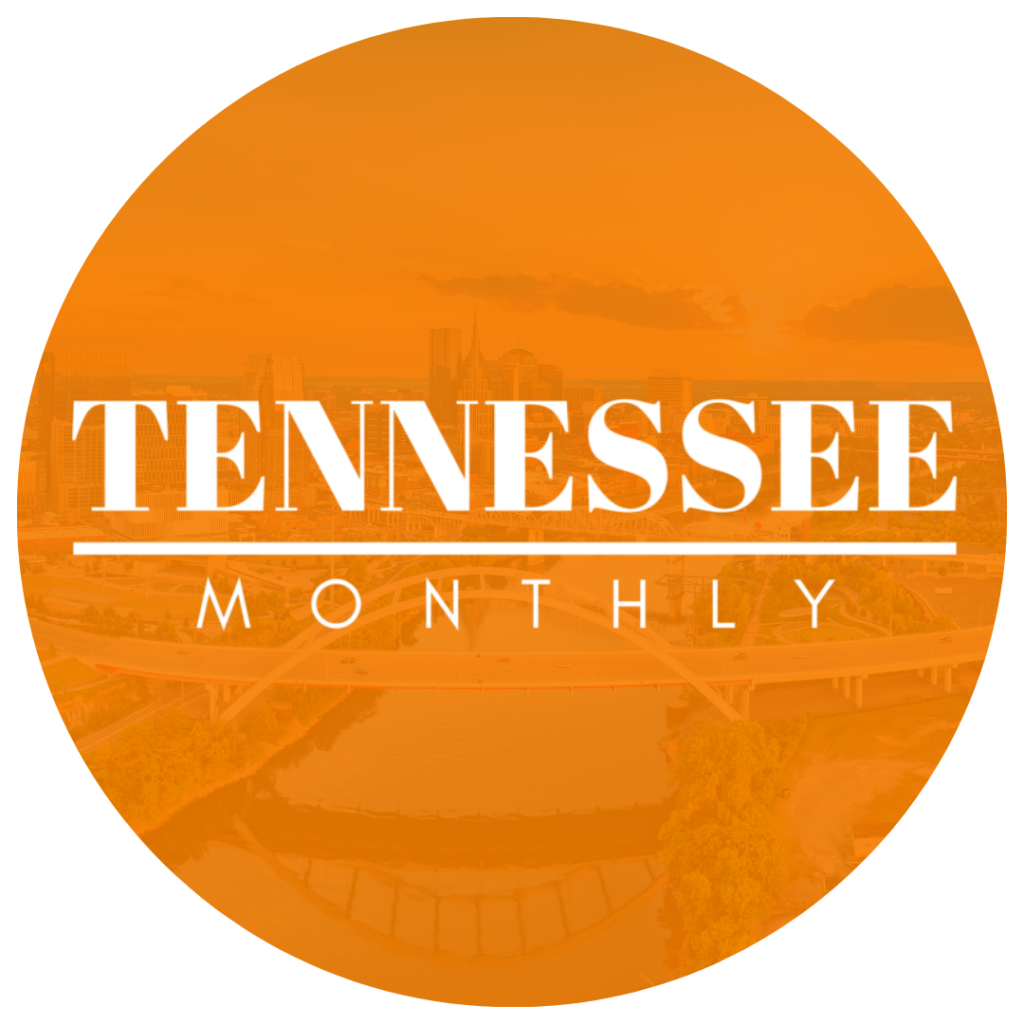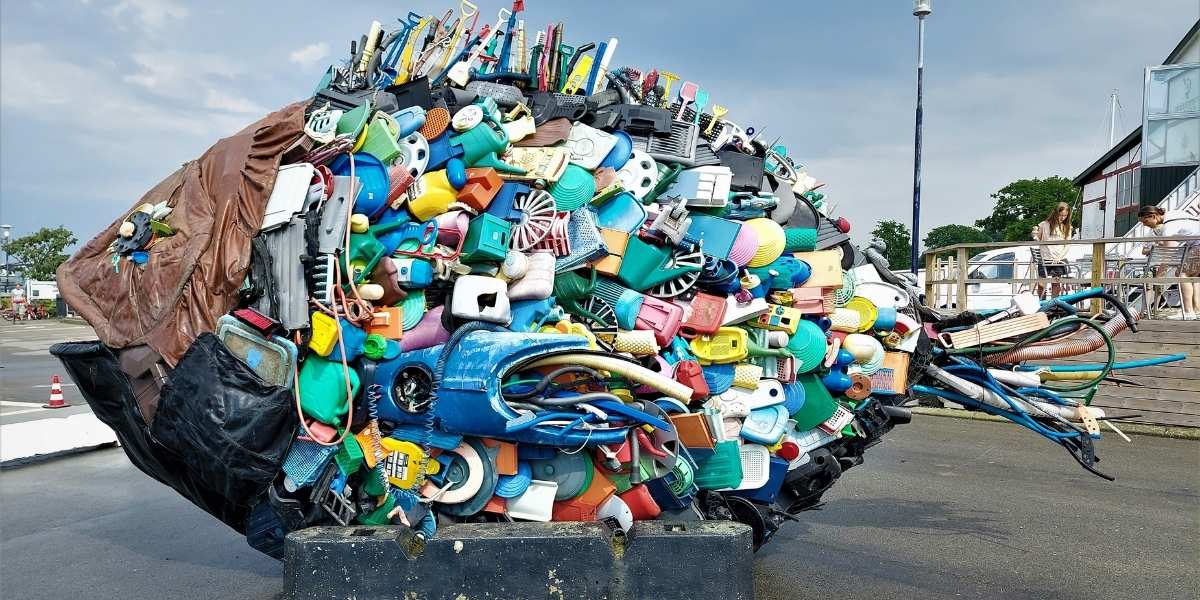The Rise of Floriography
The language of flowers existed in earlier forms, but it flourished and reached unprecedented levels of complexity during the Victorian era. The publication of floral dictionaries, where each flower held specific connotations, fueled the popularity of floriography. These dictionaries meticulously outlined the symbolic meanings of various blossoms, their colors, and even the manner in which they were arranged or presented. For instance, sending a bouquet upside down reversed the flower’s traditional meaning.
Victorian sweethearts and social circles meticulously crafted bouquets laden with layers of symbolism. A single red rose conveyed passionate love, while a yellow rose subtly implied fading affection or jealousy. A vibrant sunflower signified adoration, while the humble violet denoted modesty and faithfulness. Combinations of blooms could paint elaborate narratives, expressing everything from declarations of love to apologies or scorn.
The language of flowers wasn’t solely confined to matters of the heart. Flowers carried symbolism associated with a wide range of virtues, emotions, and social messaging. The white lily’s association with purity made it a fitting symbol for innocence, while rosemary signified remembrance. Strategic floral arrangements could offer congratulations, convey condolences, or subtly allude to unspoken social critiques.
Mastering the Art of Floriography
Well-versed in the complexities of flower symbolism, a Victorian lady could interpret a bouquet with the same fluency as reading a love letter. Floral dictionaries were essential guides for navigating this intricate language. Some individuals even created personalized floral ciphers, adding yet another layer of complexity and secrecy to their coded messages.
The Victorians’ fascination with flowers extended beyond mere bouquets. Flower motifs appeared in jewelry, artwork, and home decor. This served as a way to wear their sentiments on their sleeves or adorn their environments with coded symbols that would be recognized by those in the know.
While the rigid adherence to floral dictionaries faded after the Victorian era, the sentiment behind gifting flowers remains infused with symbolism. Even without a deep understanding of floriography, a bouquet of red roses speaks to enduring notions of romance that took root during the 19th century.
The language of flowers has experienced a resurgence in contemporary times. Interest in floriography continues to inspire floral designers, artists, and those seeking to add an element of historical charm to their gifts or expressions of sentiment. “While today we have greater freedom in direct communication, the ability to convey layered messages through flowers retains a timeless allure,” observes a historian specializing in Victorian culture.








